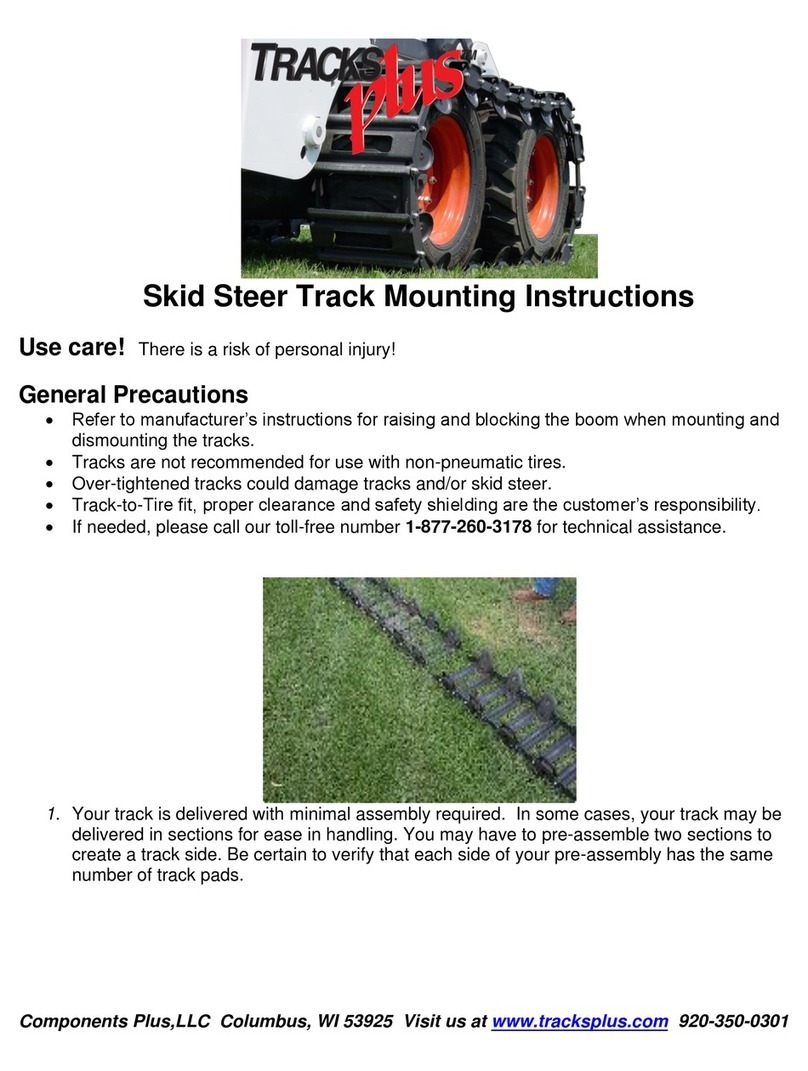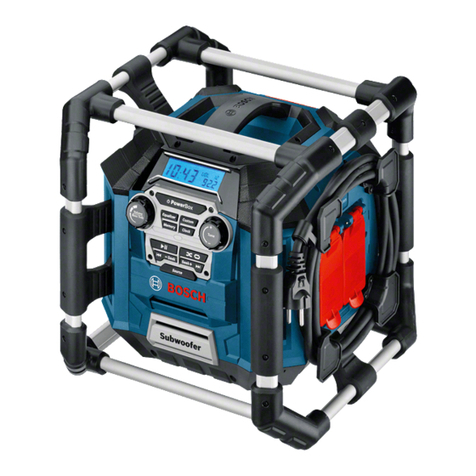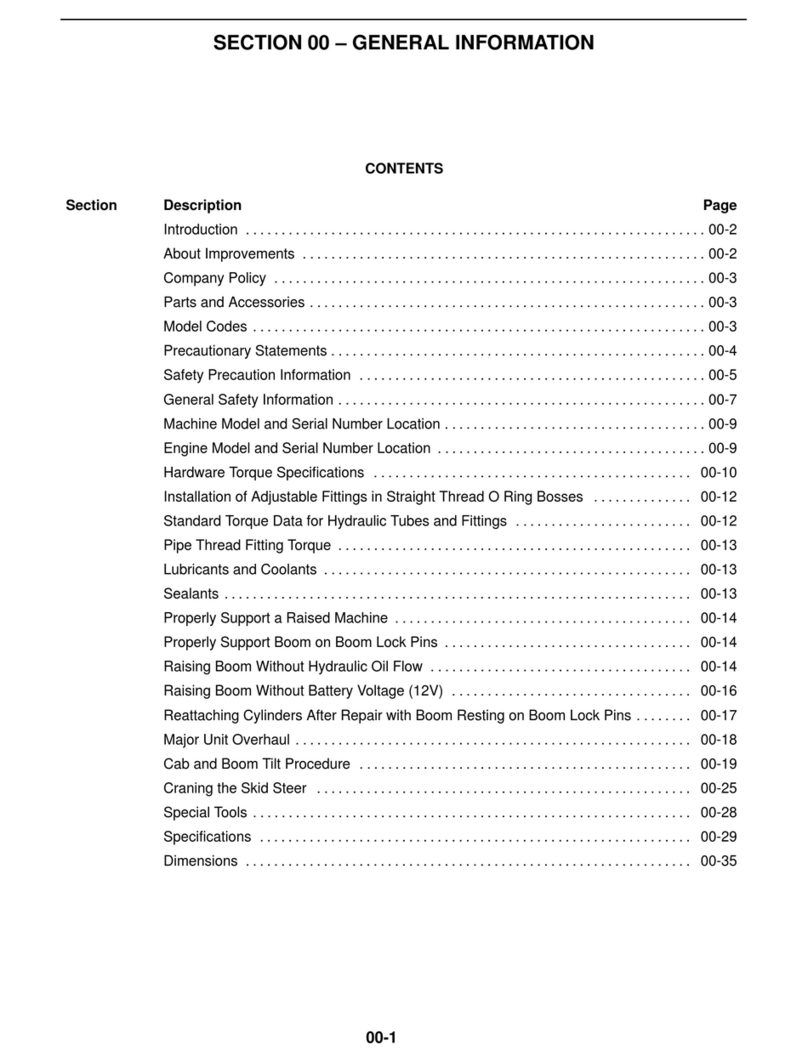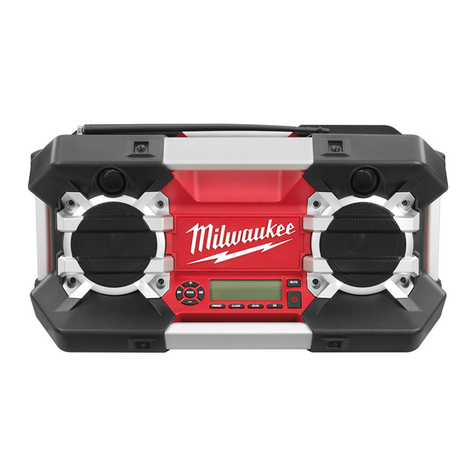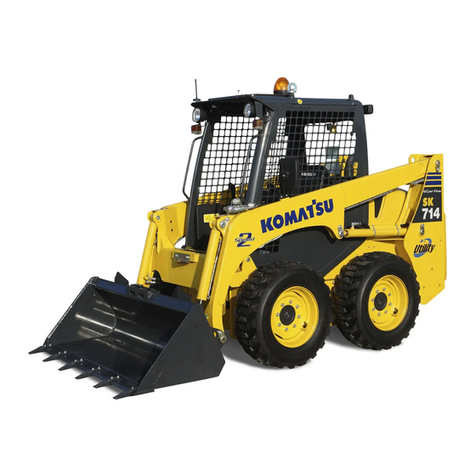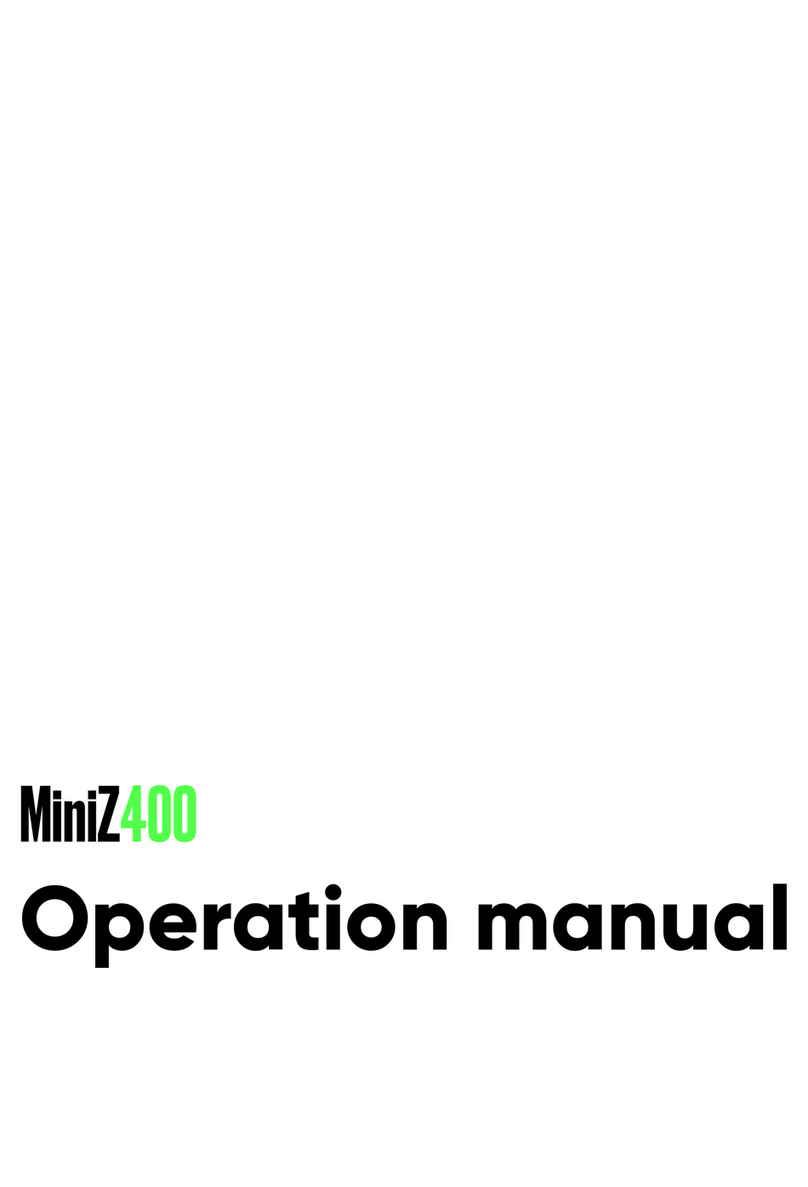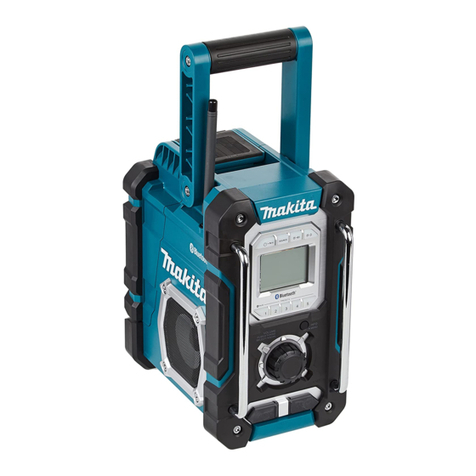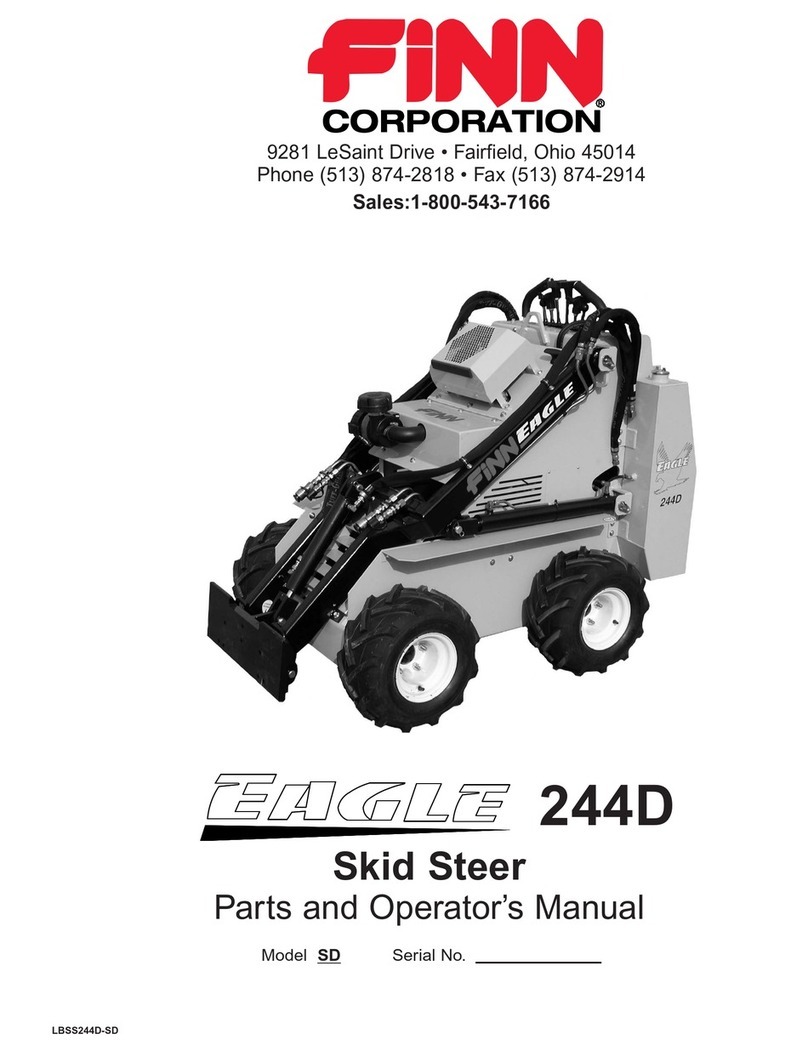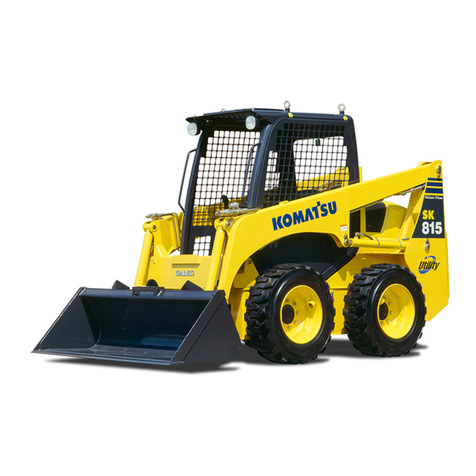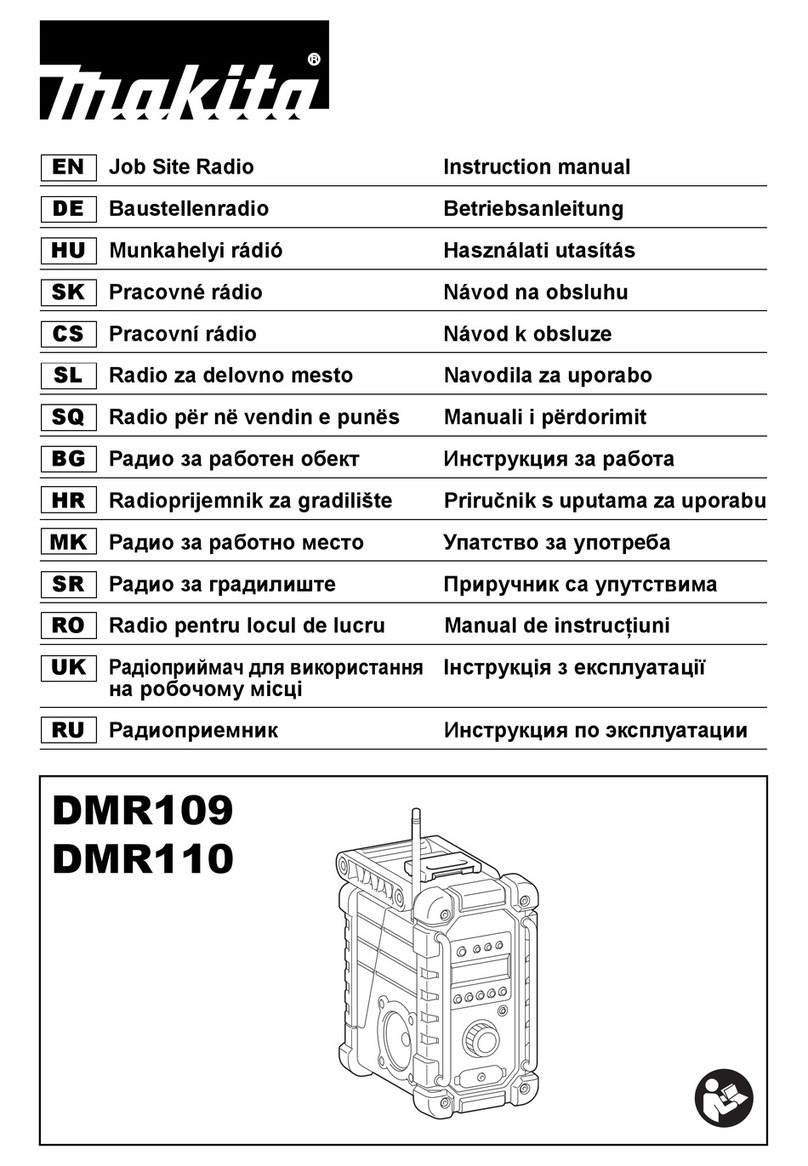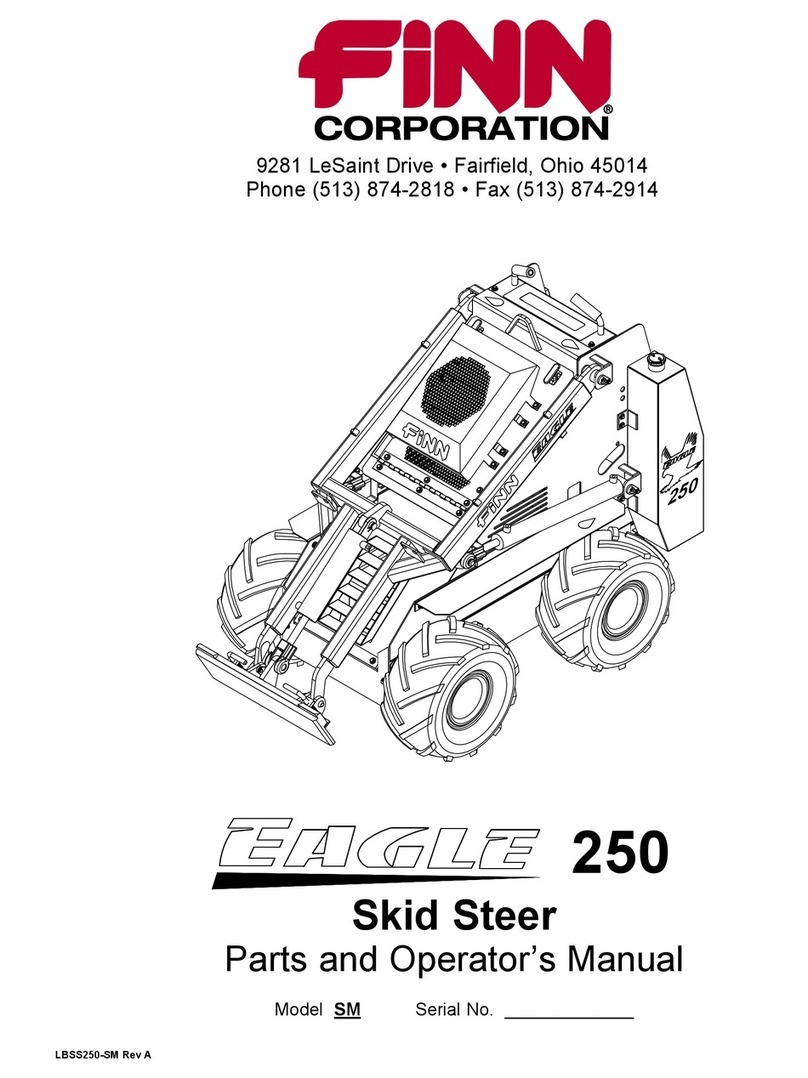
8.4 IDENTIFICATION POINTS .......................................................................................................................................................................41
8.5 MANUFACTURER’S LABEL ...................................................................................................................................................................42
9. COMMISSIONING.......................................................................................................................................................................................43
9.1 CONNECTING THE BATTERY PLUG .................................................................................................................................................43
9.2 CHECKS AND ACTIONS BEFORE COMMISSIONING..................................................................................................................44
10. OPERATION................................................................................................................................................................................................45
10.1 OPTIMUM OPERATING CONDITIONS TO CONSERVE THE BATTERY CAPACITY ..........................................................45
10.1.1 RECOMMENDED SPEEDS ..................................................................................................................................................................45
10.1.2 DRIVING STYLE.....................................................................................................................................................................................45
10.1.3 SURFACE.................................................................................................................................................................................................45
10.2 BASIC INSTRUCTIONS FOR CORRECT USE OF THE CHARGING EQUIPMENT ..............................................................46
10.3 CHECKING THE CONDITION OF TRACKS.................................................................................................................................... 50
10.4 ENTERING AND EXITING THE LOADER ........................................................................................................................................ 50
10.5 SWITCHING ON THE IGNITION AND PUTTING THE LOADER INTO OPERATION ..........................................................51
10.6 CHANGING THE FLOW RATE OF HYDRAULIC OIL ..................................................................................................................52
10.7 WORK LIGHTS .........................................................................................................................................................................................52
10.8 ROAD LIGHTS .........................................................................................................................................................................................52
10.9 BEACON ...................................................................................................................................................................................................52
11. LOADER CONTROL – TRAVEL .............................................................................................................................................................53
12. CONTROLLING LOADER WITH A WORK ADD-ON .........................................................................................................................54
13. CONTROLLING LOADER WITH AN AUXILIARY HYDRAULIC DEVICE ..................................................................................... 55
14. REMOTE CONTROL MINIZ 400 ........................................................................................................................................................... 56
15. LIST OF OPTIONAL ATTACHMENTS ..................................................................................................................................................57
16. CLASSIFICATION OF ROCKS ............................................................................................................................................................... 58
16.1. CLASS 1.......................................................................................................................................................................................................58
16.2. CLASS 2....................................................................................................................................................................................................58
16.3. CLASS 3 ....................................................................................................................................................................................................58
16.4. CLASS 4 ....................................................................................................................................................................................................58
16.5. CLASS 5....................................................................................................................................................................................................59
16.6. CLASS 6....................................................................................................................................................................................................59
16.7. CLASS 7.....................................................................................................................................................................................................59
17. PREVENTIVE MAINTENANCE............................................................................................................................................................... 60
17.1 INSPECTION AND MAINTENANCE SCHEDULE ........................................................................................................................... 60
17.2 CORRELATION TABLES FOR OILS AND LUBRICATING GREASES.......................................................................................62
17.2.1 HYDRAULIC TANK................................................................................................................................................................................62
17.2.2 TRANSMISSION GEARS ....................................................................................................................................................................62
6.3.1 INSURANCE COVERAGE ON A CONSTRUCTION SITE...........................................................................................................24
6.3.2 ALTERATIONS AND MODIFICATIONS..........................................................................................................................................24
6.3.3 CHANGES TO THE DRIVER’S PROTECTIVE ROOF AND ROOF LOAD .............................................................................26
6.3.4 USE OF NON-ORIGINAL PARTS......................................................................................................................................................26
6.3.5 LOADER DEFECTS AND DAMAGE, INCORRECT USE OF SAFETY DEVICES .................................................................27
6.3.6 RISK TO STABILITY ..............................................................................................................................................................................27
6.3.7 MEDICAL DEVICES...............................................................................................................................................................................27
6.4 INSULATION TEST ..................................................................................................................................................................................28
6.5 SAFETY INSTRUCTIONS FOR HANDLING CONSUMABLES.....................................................................................................28
6.5.1 ALLOWABLE CONSUMABLES .........................................................................................................................................................28
6.5.2 OILS...........................................................................................................................................................................................................28
6.5.3 HYDRAULIC FLUID...............................................................................................................................................................................30
6.5.4 BATTERY ACID......................................................................................................................................................................................30
6.5.5 DISPOSAL OF CONSUMABLES........................................................................................................................................................31
6.6 EMISSIONS..................................................................................................................................................................................................31
6.6.1 BATTERY....................................................................................................................................................................................................31
6.7 FIRE SAFETY ...............................................................................................................................................................................................31
6.8 SAFETY RULES WHEN WORKING......................................................................................................................................................32
6.9 SAFETY RULES FOR MAINTENANCE ...............................................................................................................................................32
6.10 SECURITY RULES FOR TRAVELLING ON PUBLIC ROADS ......................................................................................................33
6.11 LOADING, CLAMPING WHEN LOADING..........................................................................................................................................33
6.12 IT IS PROHIBITED:...................................................................................................................................................................................34
7. TECHNICAL DESCRIPTION......................................................................................................................................................................34
7.1 LAYOUT OF AGGREGATES ..................................................................................................................................................................35
7.2 ELECTRIC MOTOR ..................................................................................................................................................................................35
7.3 HYDRAULIC SYSTEM..............................................................................................................................................................................36
7.4 BRAKE SYSTEM.........................................................................................................................................................................................36
7.5 WORK DEVICE...........................................................................................................................................................................................36
7.6 CLAMPING ON ATTACHMENT............................................................................................................................................................36
7.6.1 THE "MINIZ" QUICK CLAMP................................................................................................................................................................36
7.7 ELECTRICAL INSTALLATIONS..............................................................................................................................................................37
7.8 TREADING PLATFORM........................................................................................................................................................................... 37
8. VIEWS ............................................................................................................................................................................................................38
8.1 OUTSIDE VIEW OF THE LOADER .......................................................................................................................................................38
8.2 OVERVIEW OF THE DRIVER’S PLACE .............................................................................................................................................39
8.3 OVERVIEW OF REMOTE CONTROL..................................................................................................................................................40
